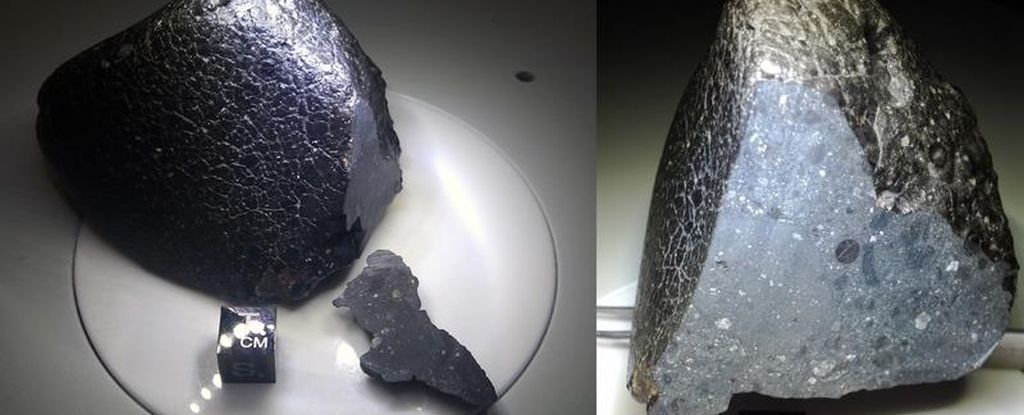ARTICLE AD
Precious, life-sustaining oxygen is being produced in a place that nobody expected it, but you won’t be able to breathe it in.
The surprising discovery was found in the Pacific Ocean, 13,000 feet (3,962 meters) below the surface (for comparison’s sake, the Titanic is 12,500 feet (3,810 meters) deep in the Atlantic). It’s not the presence of oxygen that is surprising, as the element is one of two components of water. It’s surprising that the element is actually being manufactured by metallic minerals—a shocking reveal given most scientists believed only living, photosynthetic organisms like plants and algae were responsible for producing our planet’s oxygen.
“For aerobic life to begin on the planet, there had to be oxygen, and our understanding has been that Earth’s oxygen supply began with photosynthetic organisms,” as Andrew Sweetman, a researcher with the Scottish Association for Marine Science, explained in a press release. “But we now know that there is oxygen produced in the deep sea, where there is no light. I think we, therefore, need to revisit questions like: Where could aerobic life have begun?”
Strange readings
Sweetman and his team discovered evidence of oxygen production while collecting samples during fieldwork on the seabed of the Clarion-Clipperton Zone, a large mountainous formation far off the coast of South America. At first, the discovery of oxygen led Sweetman to believe his equipment was busted.
“When we first got this data, we thought the sensors were faulty because every study ever done in the deep sea has only seen oxygen being consumed rather than produced,” he said. “We would come home and recalibrate the sensors, but, over the course of 10 years, these strange oxygen readings kept showing up.”
Related article: 90% of Species in an Area Slated for Deep-Sea Mining Might Be Unknown to Science
Sweetman contacted Northwestern University chemist Franz Geiger for help explaining his findings. Geiger determined that natural mineral deposits on the ocean floor, called polymetallic nodules, contained elements including cobalt, nickel, copper, lithium, and manganese—all of which are critical components of batteries. Geiger had previously found that combining rust with saltwater generates electricity and hypothesized that the nodules could produce enough electricity to produce oxygen—a process called seawater electrolysis.
A natural ‘geobattery’
When investigating a single sample of the nodules, the researchers found it produced 0.95 volts of power, which is two-thirds of the amount required for seawater electrolysis. “It appears that we discovered a natural ‘geobattery,’” Geiger said. “These geobatteries are the basis for a possible explanation of the ocean’s dark oxygen production.”
The discovery could have large-scale implications for how we treat one of the most remote and inhospitable parts of the planet for human life.
“Several large-scale mining companies now aim to extract these precious elements from the seafloor at depths of 10,000 to 20,000 feet (3,048 to 6,096 meters) below the surface,” said Geiger. “We need to rethink how to mine these materials, so that we do not deplete the oxygen source for deep-sea life.”

 4 months ago
27
4 months ago
27 

